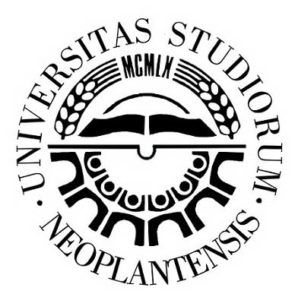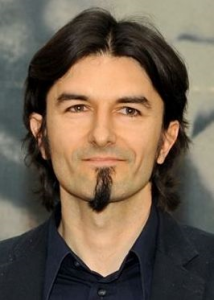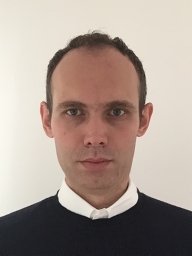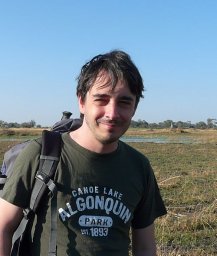UNIVERSITY OF NOVI SAD – FACULTY OF TECHNICAL SCIENCES – ICONIC Centre 
Centre for intelligent Communications, Networking and Information Processing (ICONIC) merged several teams at Faculty of Technical Sciences into a strong centre engaging 20 academic staff members and about the same number of PhD students. ICONIC targets internationally-visible research in massive cellular machine-type communications and large-scale distributed information processing and machine learning, supported by reconfigurable hardware design. ICONIC staff have established links towards local and regional ICT ecosystem and ongoing collaboration with companies in the domain of cellular IoT, cloud-based systems and hardware acceleration.
ICONIC is part of the Department of Power Electronics and Communication Engineering (DEET). DEET is the leading FTN department regarding the number of staff members, EU-funded projects and innovation-oriented spin-off companies emerging out of its research activities. Faculty of Technical Sciences (FTN), as part of the University of Novi Sad (UNS), comprises 11 departments and is the largest individual faculty in Serbia with over 1000 employees and 10,000 students.








